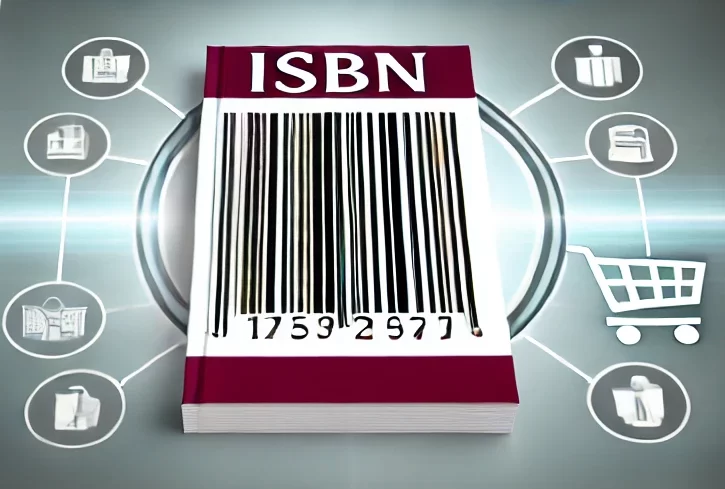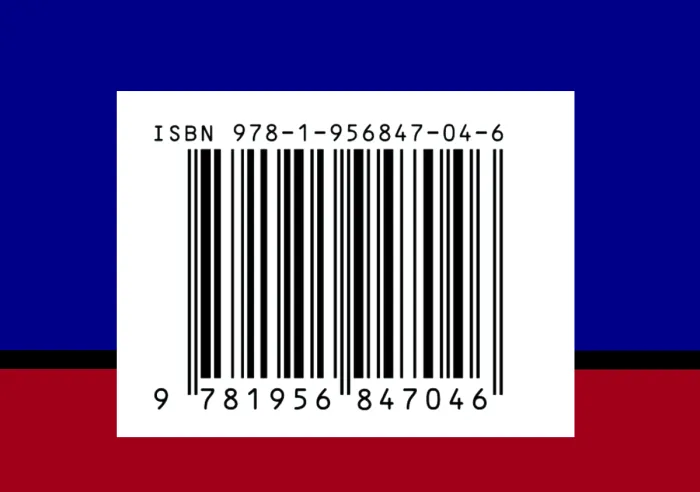
If you’re planning to publish a print book, getting an ISBN is one of those behind-the-scenes tasks that really matters. It might seem like a small detail, but it plays a big role in how your book gets discovered, cataloged, and sold.
An ISBN, short for International Standard Book Number, is essentially your book’s unique ID. It tells bookstores, libraries, distributors, and readers exactly what version of a book they’re dealing with. But just having one isn’t enough. You need to use the ISBN number correctly and know where to apply it.
This guide will walk you through everything you need to know, step by step, so you can be confident your ISBN is set up the right way.

An ISBN is a 13-digit number that identifies your book by title, format, edition, and publisher. It helps retailers and libraries know exactly which version of a book they’re stocking or cataloging. If you’re serious about distributing your book, especially in print, this is non-negotiable.
Why it matters:

If you’re publishing through Amazon KDP or another self-publishing platform, they often offer a free ISBN. That works if you’re okay with them being listed as the “publisher.” But if you want full control or plan to sell your book beyond that one platform, it’s better to buy your own.
Where to buy:
Pro tip: ISBNs are cheaper in bulk. If you’re publishing multiple books or formats, get a block of 10.
This is where many authors slip up: each format of your book needs its own ISBN. A paperback, hardcover, and ebook are treated as different products, and so each needs a unique identifier.
Example:
Don’t reuse an ISBN for different formats or editions. It’ll confuse retailers and hurt your chances of being found.
Your book’s copyright page (usually the page behind the title page) should include the ISBN. This is standard practice and helps with cataloging.
If you’ve published the book in multiple formats, list each one:
Paperback ISBN: 978-1-23456-000-1
Hardcover ISBN: 978-1-23456-000-2
To make your book retail-ready, convert your ISBN into a scannable barcode and place it on the lower right-hand corner of your back cover.
How to create one:
If you’re working with a cover designer, they can usually take care of this for you. Make sure to leave enough white space around the barcode for it to scan cleanly.
You can also include the price in the barcode, which helps with retail systems.
Buying an ISBN isn’t the end of the process. You also need to register it with the right information (known as metadata) so that your book shows up correctly in book databases.
Key info to include:
Make sure this info matches what you upload to Amazon, IngramSpark, or anywhere else you’re distributing the book.
When you upload your book to a platform like Amazon KDP or IngramSpark, you’ll be asked for your ISBN. Be sure to enter the correct one for that format.
If you choose to use a free ISBN from a platform, just know that it can’t be used anywhere else, and that platform will likely be listed as the book’s publisher.
Owning your ISBN gives you more control, more credibility, and the ability to distribute your book through multiple channels without restriction.
After your book is published, check that everything looks right:
You can also check WorldCat (for library listings) or Google Books to see if your book is showing up.
If something looks off, update your info in ISBN Service or your publishing platform’s dashboard.
If your ISBN doesn’t match the format, or if the barcode is missing, your book might be:
Basically, it’s worth taking the time to get this right.
ISBNs might feel like the most boring part of publishing, but they’re actually one of the most important. Getting it right means your book is searchable, scannable, and ready for bookstores, libraries, and online retailers.
If you’re aiming to take your book beyond just friends and family, using your ISBN correctly is a big step toward looking, and operating, like a pro.
